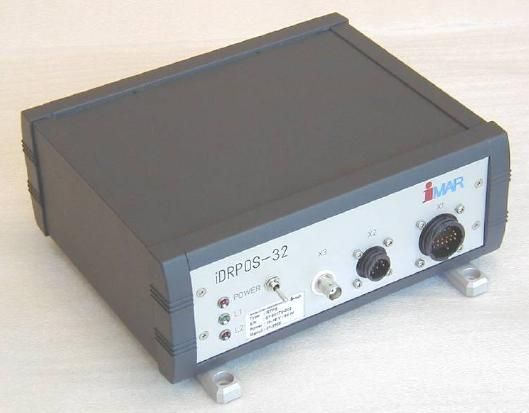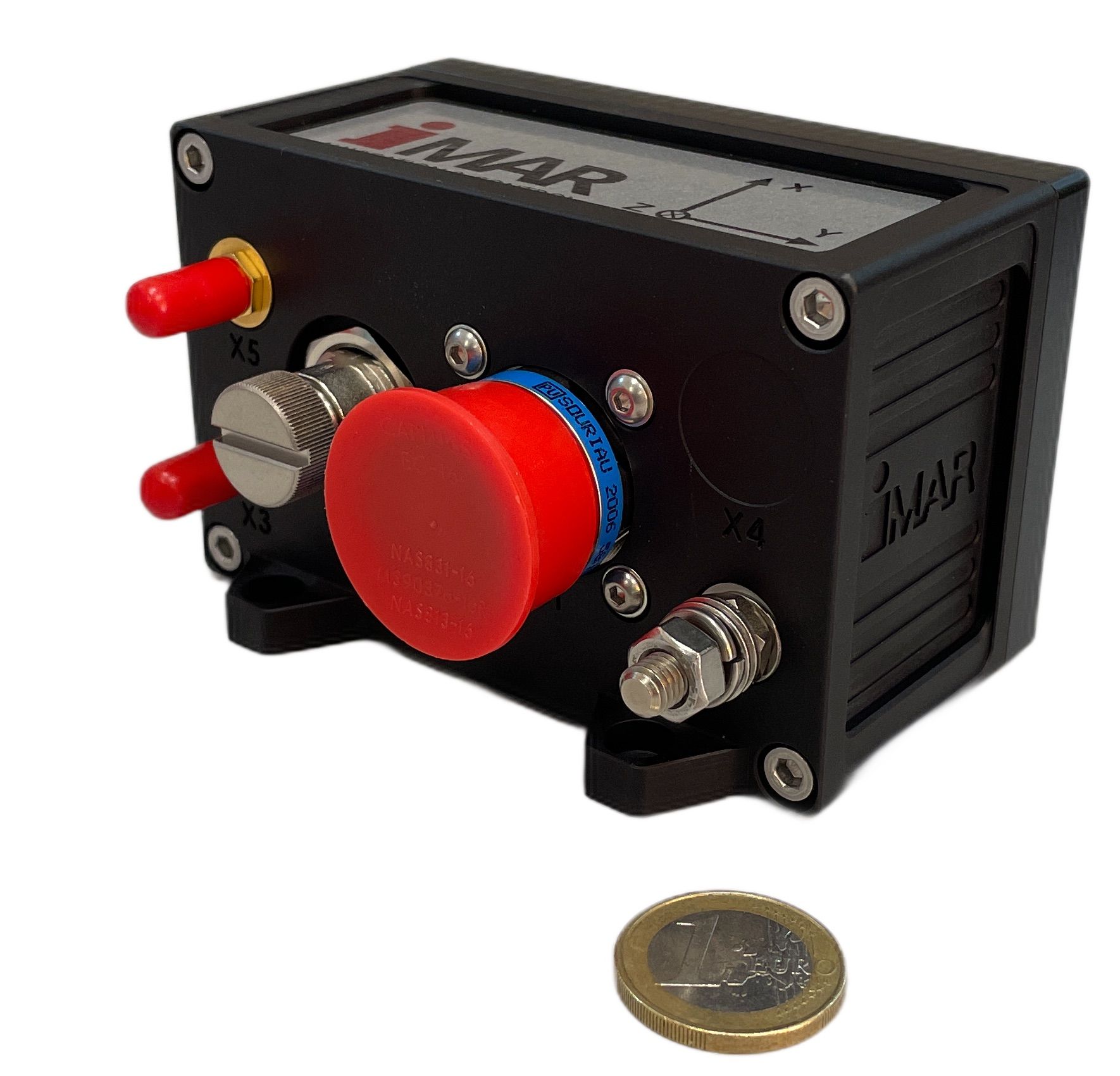iDRPOS.32: Dead Reckoning Vehicle Localization
Locationing of Forklifters and Surveying Vehicles (Road / Rail) with Dead-Reckoning Systems
Dead Reckoning is the way to make (D)GPS more accurate and reliable when tracking or steering vehicles or when surveying their trajectories, e.g. for GIS data acquisition applications. It uses extra sensors (in addition to GPS) installed in the vehicle to measure the speed and the direction, i.e. heading. Therefore a full dead reckoning system consists of a (D)GPS receiver, one or three gyroscope (to detect heading and if necessary roll and pitch), an odometer (to measure the vehicle's velocity) and (only for usage in difficult environment) three accelerometers. By combining the information of all these sensors the current vehicle's position can be calculated with higher accuracy, even when GPS or DGPS signals are blocked for a certain time. This means that iDRPOS continues to report positions with high data rate also when GPS signals are blocked or disturbed, such as in tunnels or when surrounded by tall buildings like in urban canyons or container terminals.
- provides NMEA position and heading also during GPS outages
- position accuracy with DGPS about 1 m (Omnistar, TerraStar, ...)
- data rate up to 200 Hz
- fiber optic gyro technology (FOG) or MEMS gyros
- interfaces: RS232 / Ethernet
- used for mapping and navigation applications
- used for road surveying, autonomous truck guidance, forklifters
iMAR's Dead Reckoning System for accurate Positioning iDRPOS is realized in an open architecture. In dependence on users requirements iDRPOS can be equipped with gyroscopes of different classes of accuracy, e.g. fiber-optic gyros, vibrating gyros or laser gyros (main differences are e.g. in drift and scale factor accuracy). If the operational area of the vehicle is not a flat plain, then a solution using only one gyro may be not sufficient. Therefore iDRPOS.32 contains two additional accelerometers provided to correct influences due to roll and pitch angles.
If also strong coning motion excitation of the vehicle is expected or highest accuracy is required also in off-road applications, instead of iDRPOS.32 the iNAT-M200 or iNAT-U200 or iNAT-FSSG can be delivered containing three gyroscopes and accelerometers (processing of so-called strap-down algorithms). iDRPOS can be used with nearly all common available (D)GPS receivers like Javad, NovAtel, Trimble, Ashtec, Rockwell, Garmin, Nav- Star etc. Using differential GPS (DGPS) like Omnistar, the accuracy of iDRPOS is much better than using standard GPS of course. The Kalman filter processed inside of the iDRPOS performs an automatically and continuously operating and estimation of the odometer scale factor, so no initialisation or fine calibration by the user is required. As an option it is also possible to store all the data of inertial sensors like gyroscopes and accelerometers, odometer and mobile GPS on an internal 4 GByte flashdrive. The “stored heading” feature is standard equipment in the iDRPOS.32 and allows a fast start-up even if GPS is not available so far at power-on.
Important Information:
For new applications the usage of iNAT-M200, iNAT-FSSG, iNAT-U200 or similar devices from the iNAT series is recommended, because the iDRPOS.32 will become obsolescent after 2021 and the new generation of hardware and algorithms provide better accuracy at partially even lower cost.
Further information
More manuals, user reports and other information in our download area.



